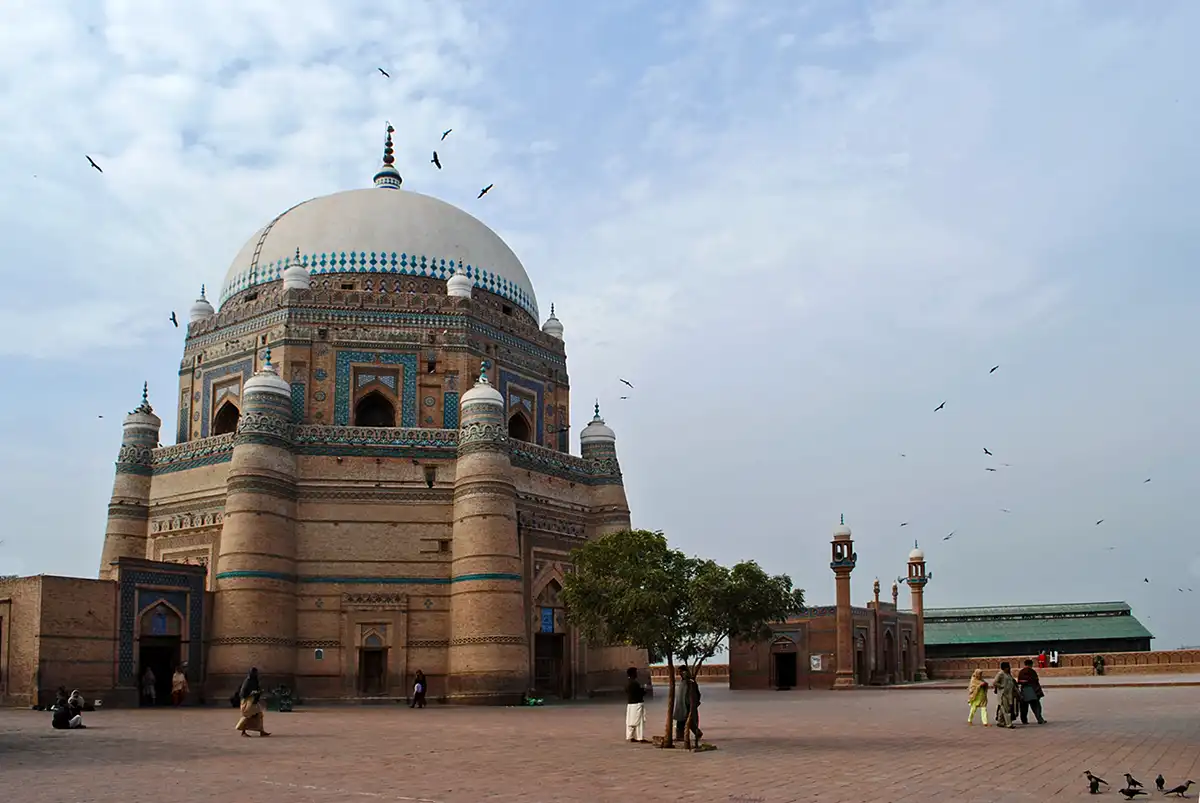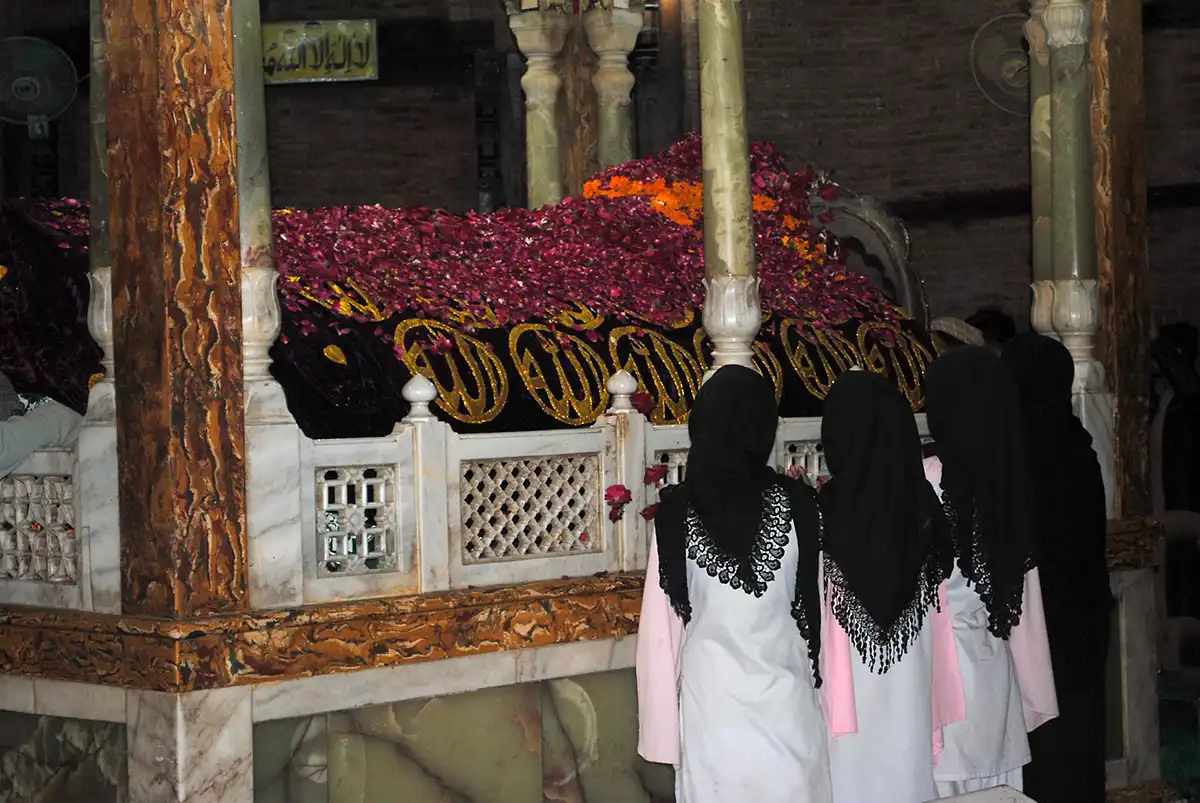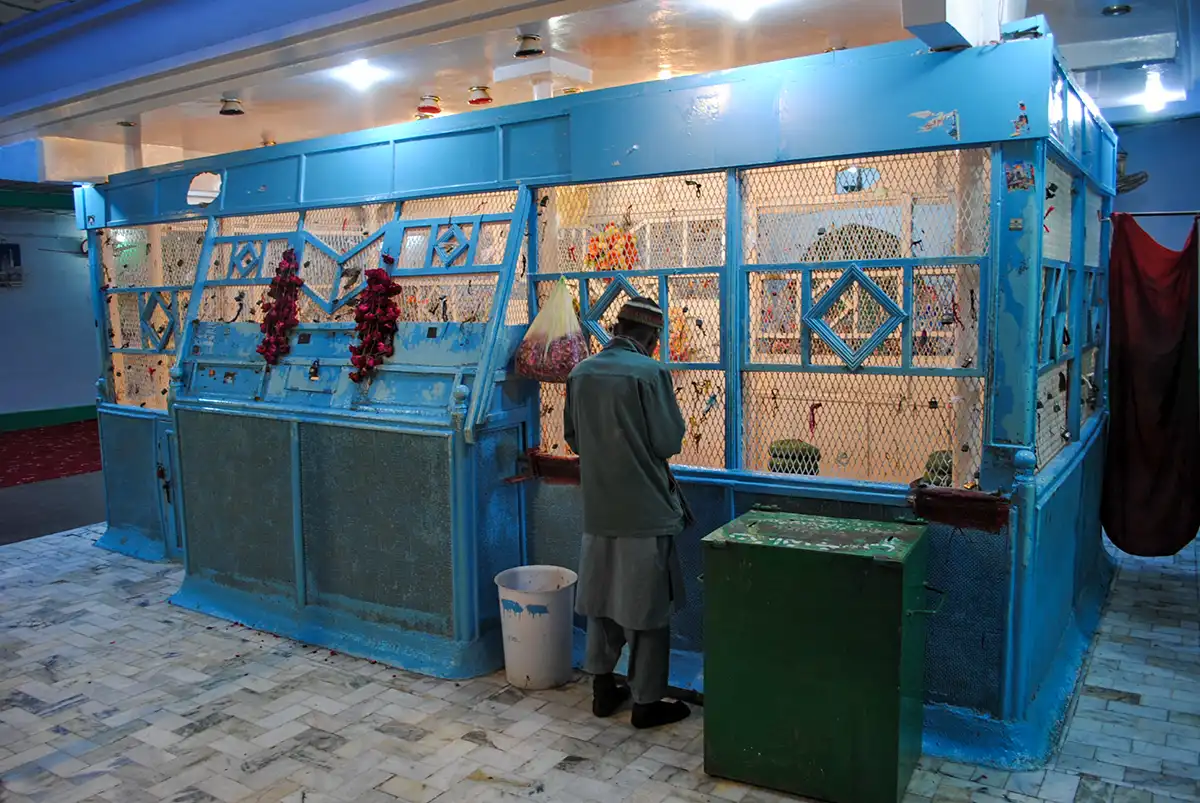Sufism in Pakistan
Sufism is a mystical movement within Islam that seeks to find divine love and knowledge through direct personal experience of God. It consists of various mystical paths designed to ascertain the nature of humanity and God and to facilitate the experience of divine love and wisdom in the world. Sufism arose as an organized movement after the death of Muhammad (AD 632) among different groups who found orthodox Islam to be spiritually stifling. The practices of contemporary Sufi orders and suborders vary. Most include the recitation of the name of God or certain phrases from the Qu'ran to loosen the bonds of the lower self, enabling the soul to experience the higher reality toward which it naturally aspires. Though Sufi practitioners have often been at odds with the mainstream of Islamic theology and law, the importance of Sufism in the history of Islam is incalculable. Sufi literature, especially love poetry, represents a golden age in Arabic, Persian, Turkish, and Urdu.
Sufi philosophy is universal, its roots predating the arising of Islam and the other modern-day religions; likewise, some Muslims consider Sufism outside the sphere of Islam, although generally, scholars of Islam contend that it is simply the name for the inner or esoteric dimension of Islam.
A practitioner of this tradition is generally known as a Sufi, though some adherents reserve this term only for those practitioners who have attained the goals of the Sufi tradition. Another name used for the Sufi seeker is Dervish.
Sufism has a strong tradition in Pakistan. The Muslim Sufi missionaries played a pivotal role in converting the millions of native people to Islam. As in other areas where Sufis introduced it, Islam, to some extent, syncretized with pre-Islamic influences, resulting in a religion with some traditions distinct from those of the Arab world. The Naqshbandiya, Qadiriya, Chishtiya, and Suhrawardiyya salsas have a large following in Pakistan.
A Dargah is a Sufi shrine built over the grave of a revered religious figure, often a Sufi saint. Local Muslims visit the shrine known as (ziyarat). Dargahs are usually associated with Sufi meeting rooms and hostels. They may include a mosque, meeting rooms, schools (Madrassas), residences for a teacher or caretaker, hospitals, and other buildings for community purposes. The term is derived from a Persian word meaning, among other uses, "portal" or "threshold." Many Muslims believe that dargahs are portals by which they can invoke the deceased saint's intercession and blessing.
For more detailed information consult the Wikepedia article on Sufism.

Martin Gray is a cultural anthropologist, writer and photographer specializing in the study of pilgrimage traditions and sacred sites around the world. During a 40 year period he has visited more than 2000 pilgrimage places in 160 countries. The World Pilgrimage Guide at sacredsites.com is the most comprehensive source of information on this subject.



